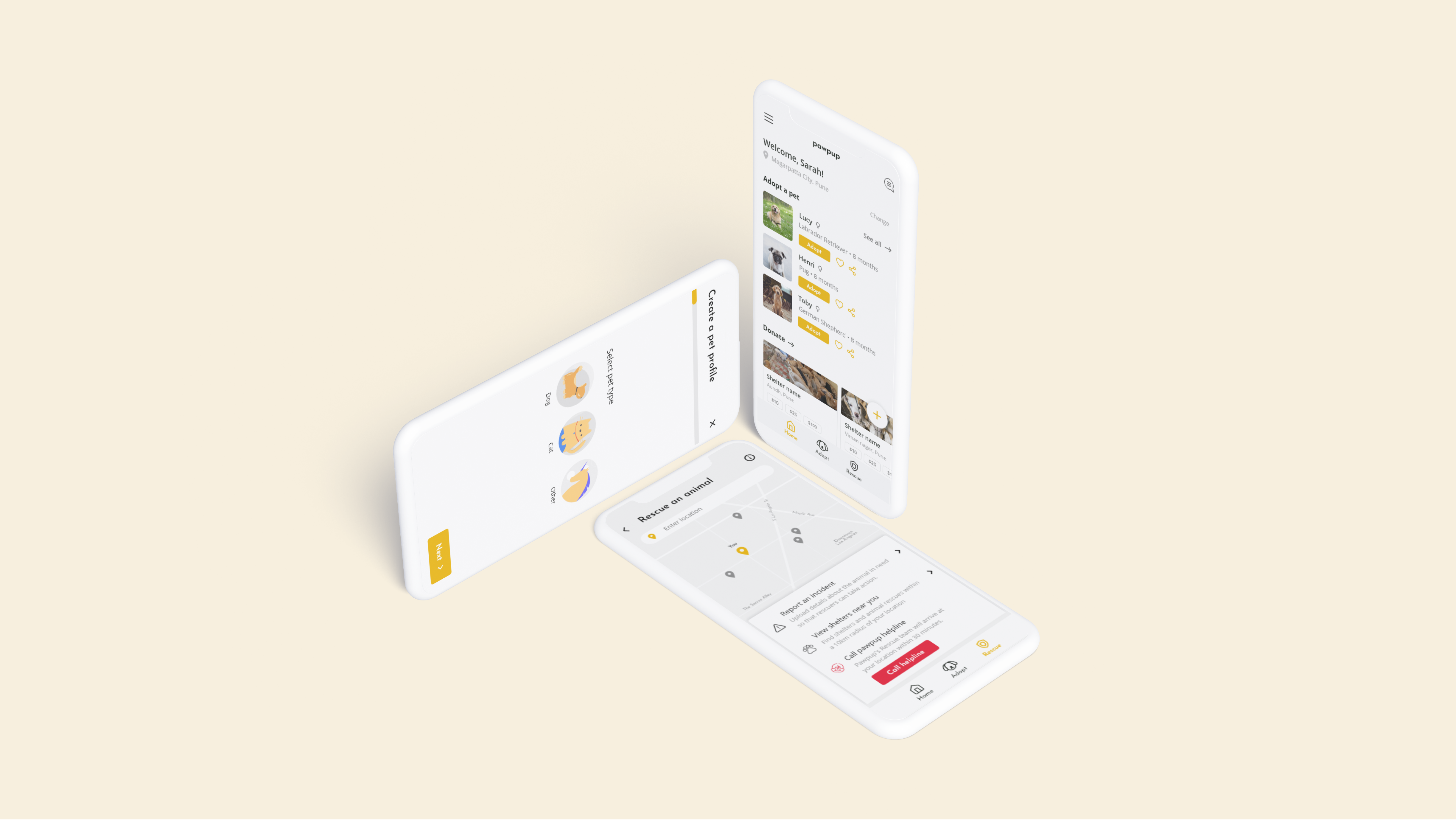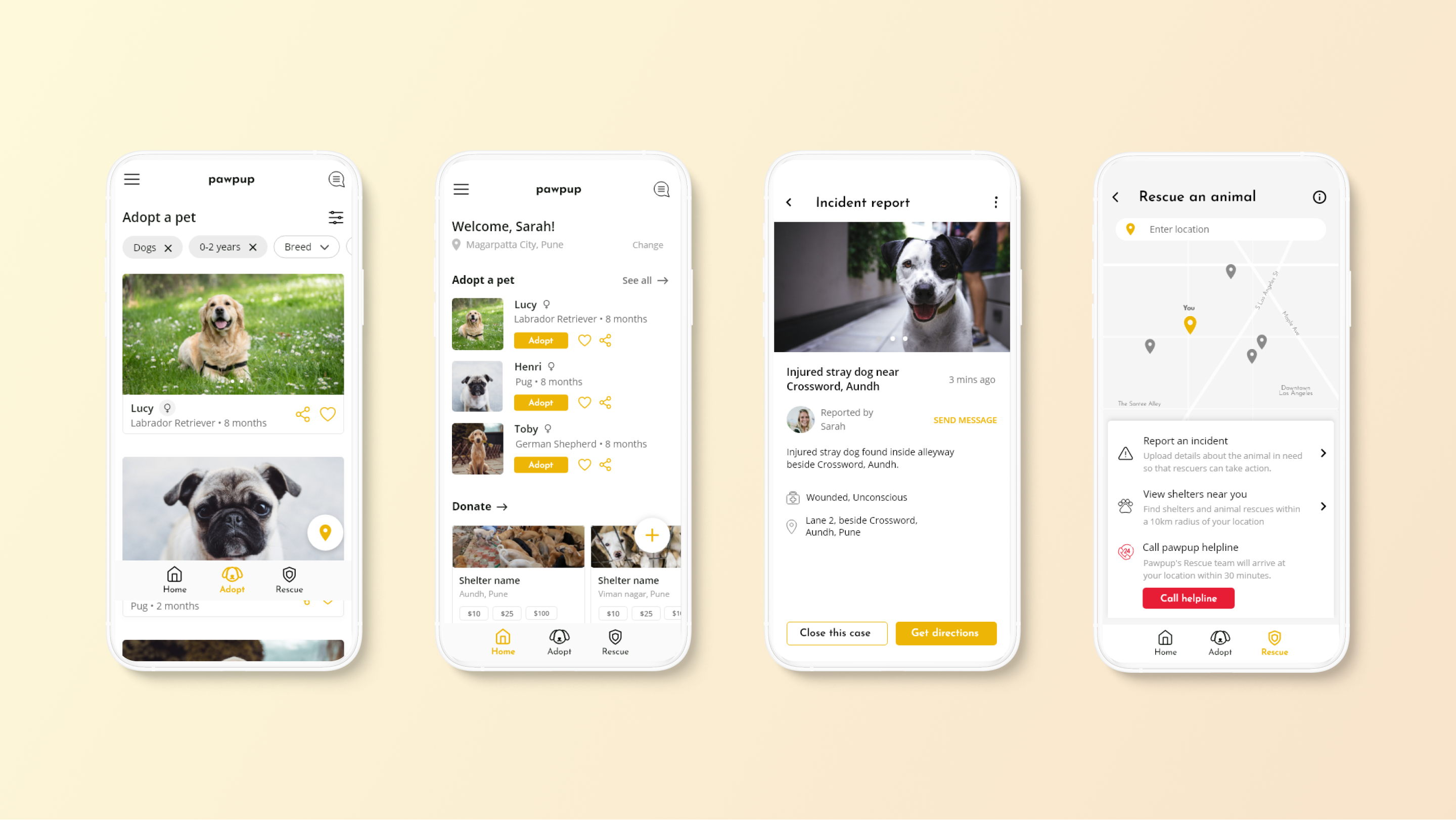

While volunteering at an animal shelter a few years ago, I got to help with on-the-ground operations like feeding and taking care of animals. I noticed how difficult it was to sustain the shelter, given that there was hardly any space to walk between crates and the lack of medical and rescue personnel.
I challenged myself to create a solution to reduce the strain on shelters by increasing the number of adoptions from owners and shelters while educating and increasing awareness around the importance of adoption.
I conducted 2 explorative user interviews of friends that were active in the adoption community in my city, to understand how adoptions and rescues currently take place. I've summarized the insights gained from these interviews into 3 broad points, each addressing a different stakeholder.
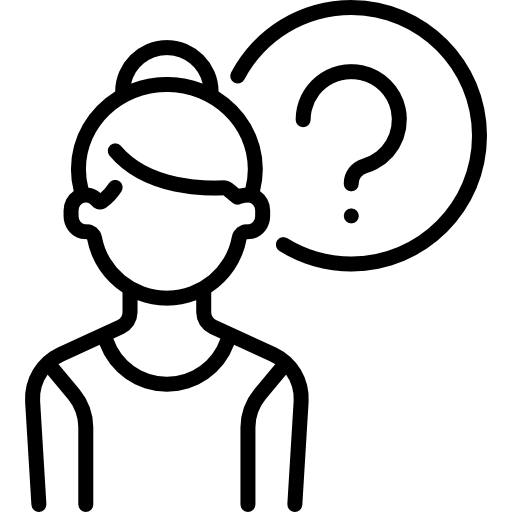
High entry barrier and lack of knowledge of the process
Adopting a pet can seem cumbersome because adopters need information, resources, guidance and assistance in order to gauge shelter authenticity and finally adopt.

Direct adoptions are difficult to arrange and shelters are overcrowded
Directly adopting from owners can reduce strain on shelters. However, direct adoptions pose their own challenges like reaching out to potential adopters and arranging medical treatments.

Rescue volunteers need a lot of resources
Rescue volunteers need many resources like transport, veterinarian services, equipment etc. By having the resources in one place, rescues could be more efficient.
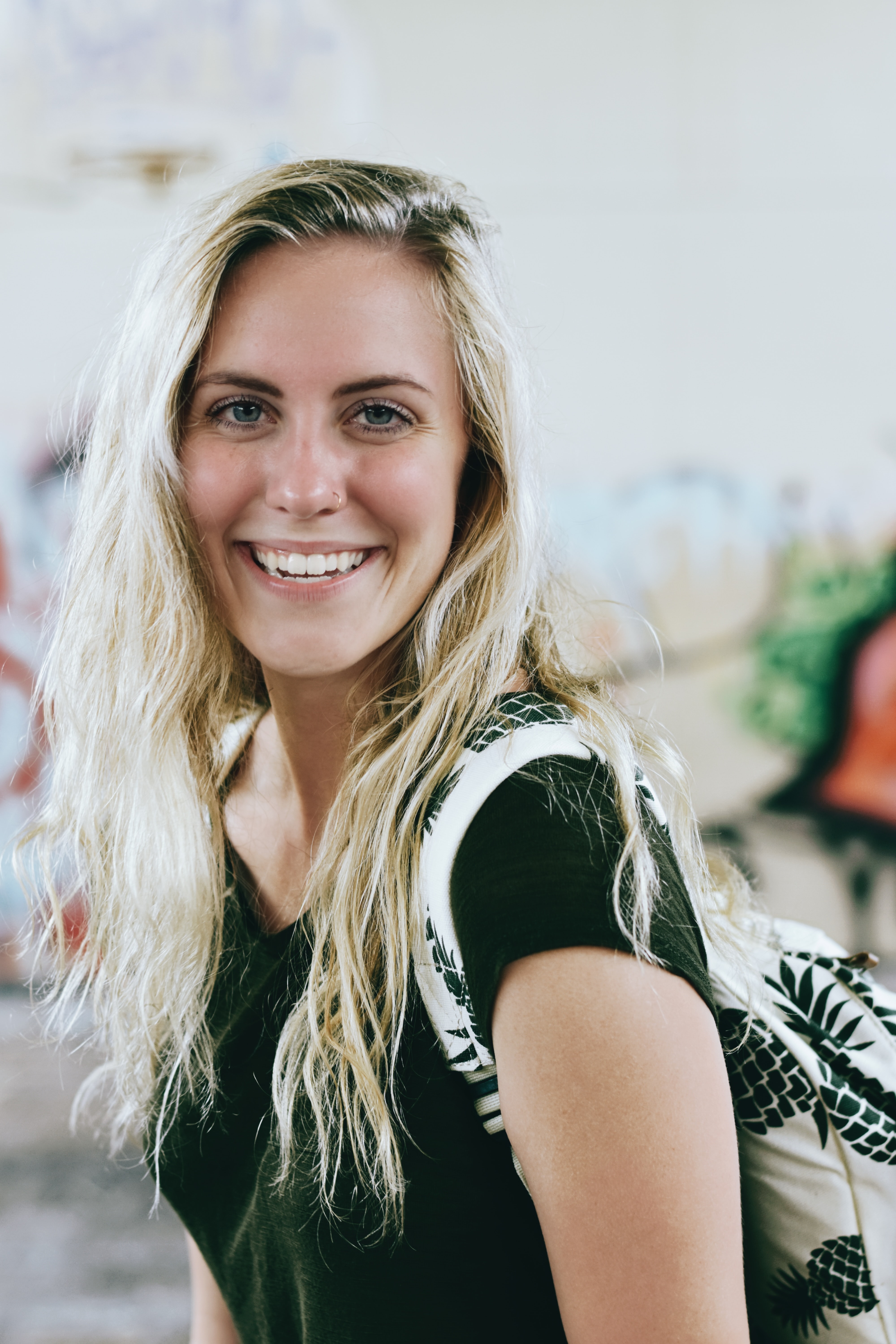

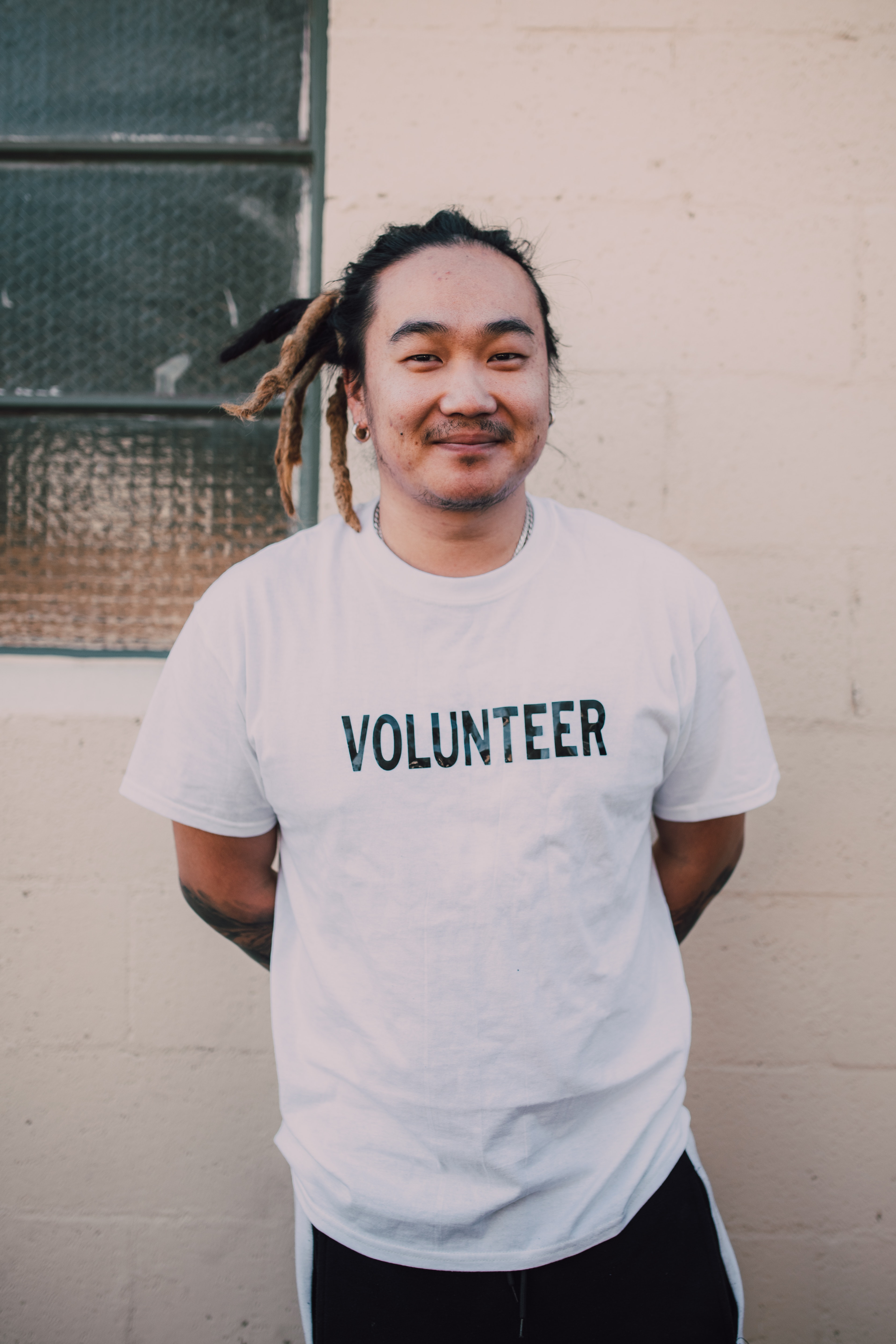
I hypothesized that if we can facilitate direct adoptions through a single app,
This section of the app makes up the Adopt section.
For pet adopters to find a pet, learn more information about it and contact the owner for an inquiry.
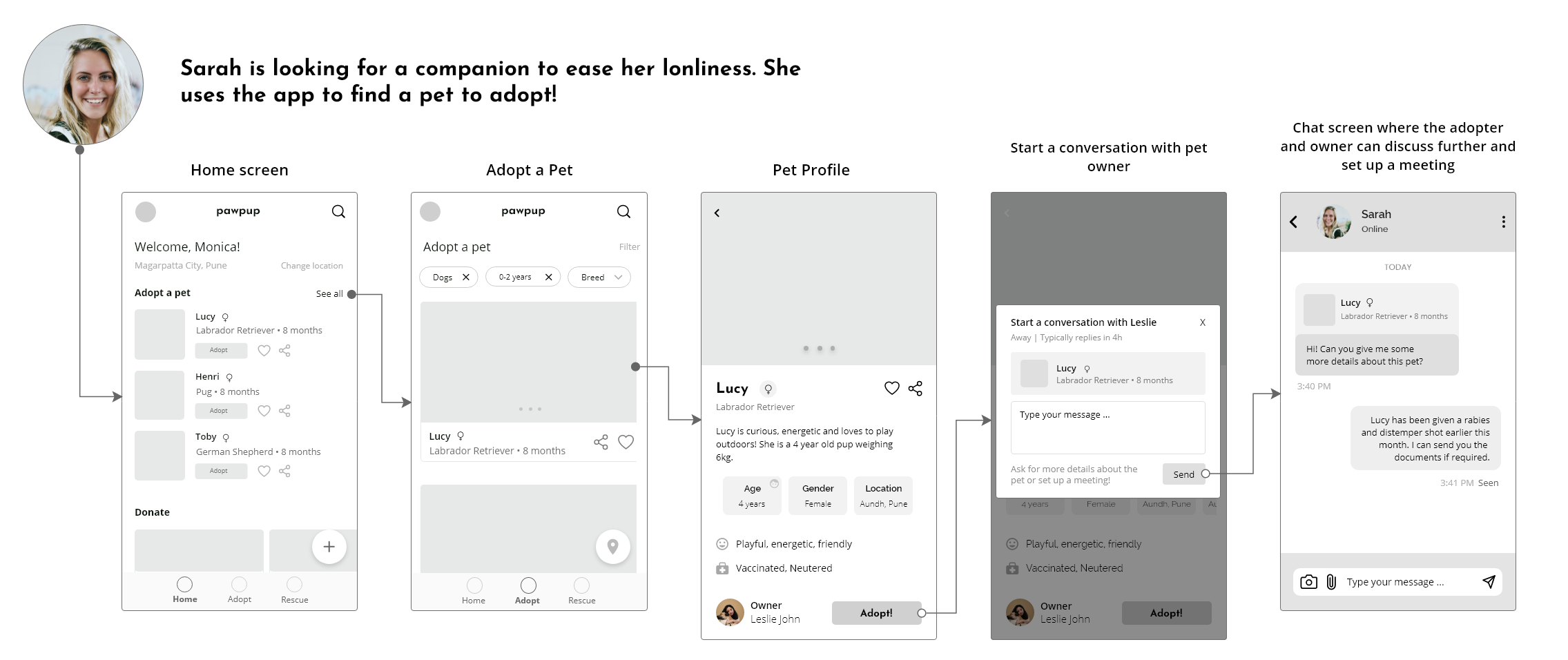

For pet owners to create a pet profile, add information about their pet and respond to any inquiries from potential adopters.
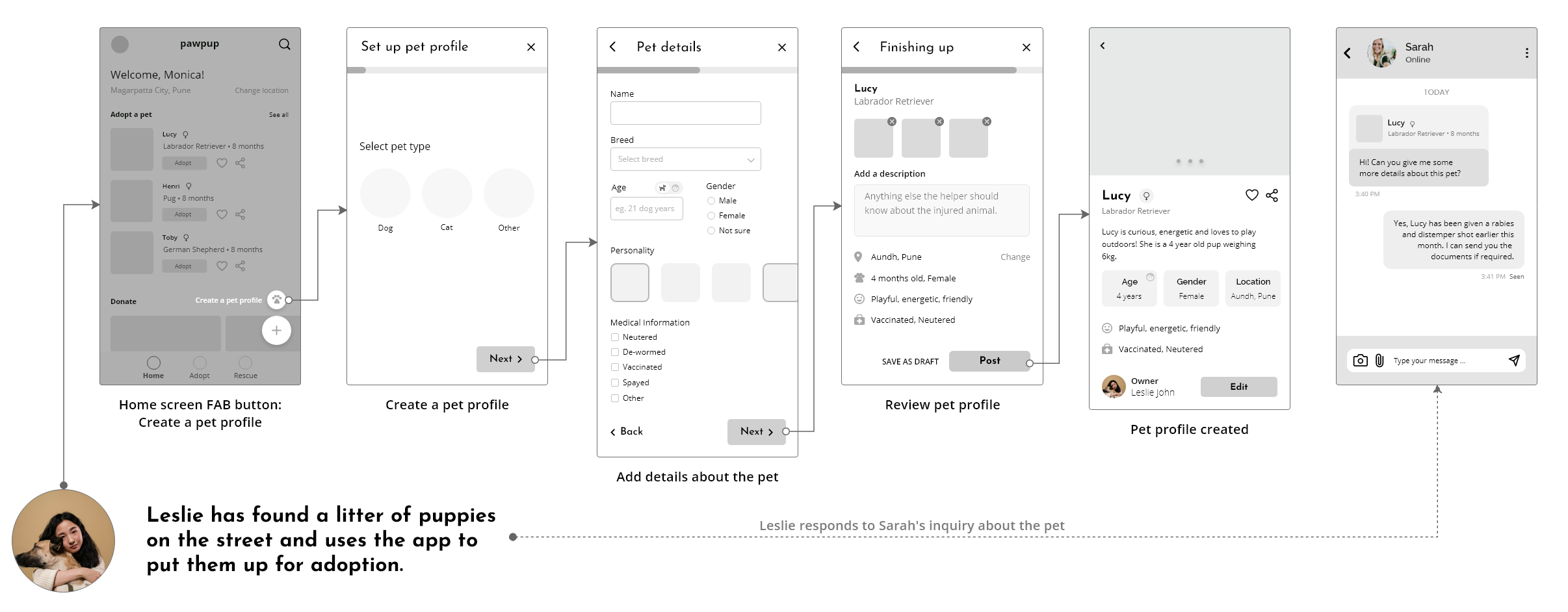

From the user interviews, I heard the importance of rescue volunteers in bringing animals into the adoption cycle, so I decided to tackle designing a solution to address their needs.
This section would be called the Rescue section.
Adding the Rescue section shifted the problem I was trying to solve:
Rather than designing just a pet finder engine, I now aimed to create a single platform which would connect all the different stakeholders and standardize the adoption process.
Any user can report an injured or stray animal on the app so that a rescue volunteer can find it.
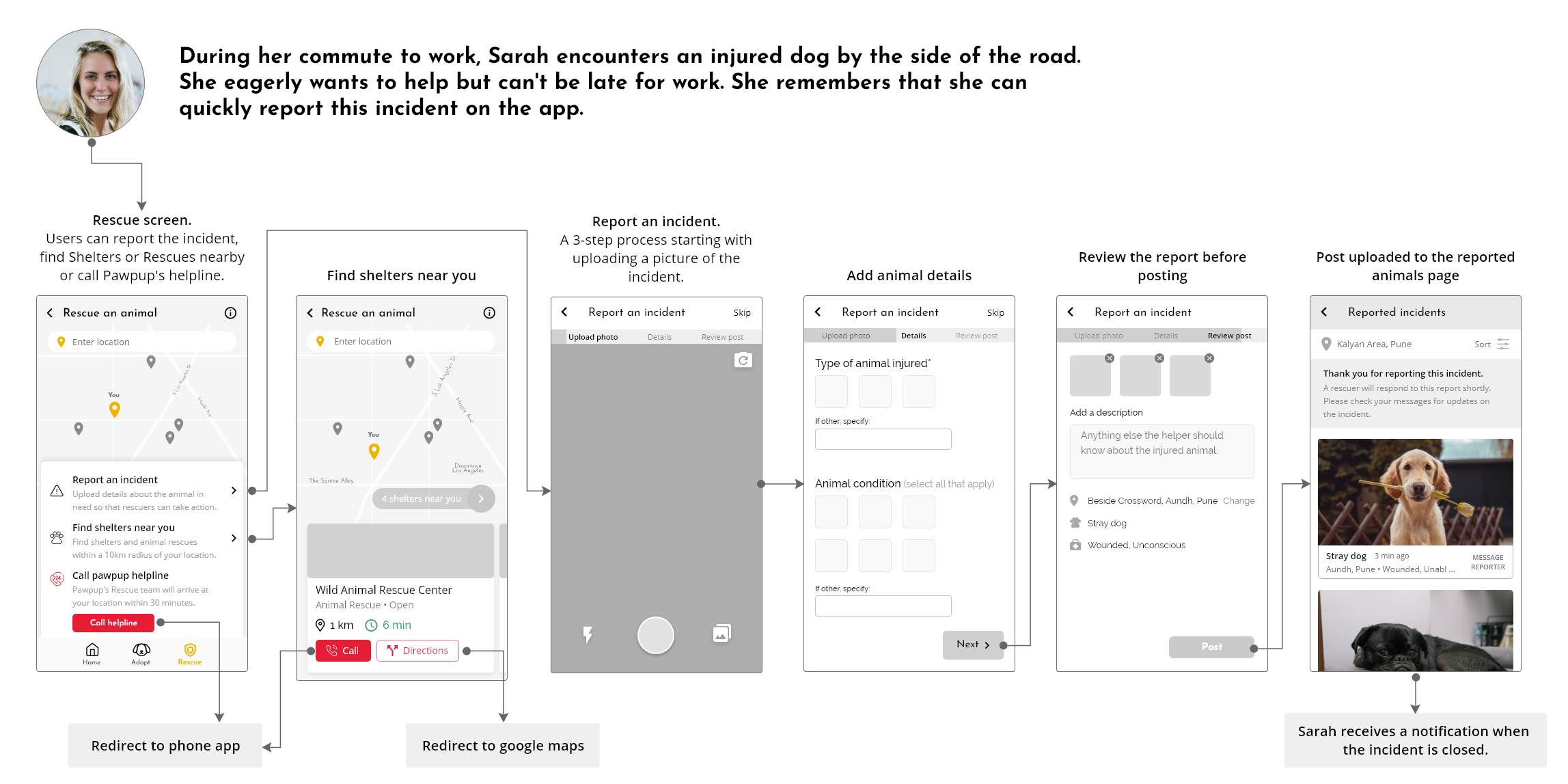

Rescue volunteers will be notified when an incident is reported and will get directions to the reported location. After the rescue, they can immediately put the animal up for adoption in the Adopt section.
Due to lack of time, I couldn't build out this feature as much as I had wished to, which was to include transport and medical resources directly in the app.
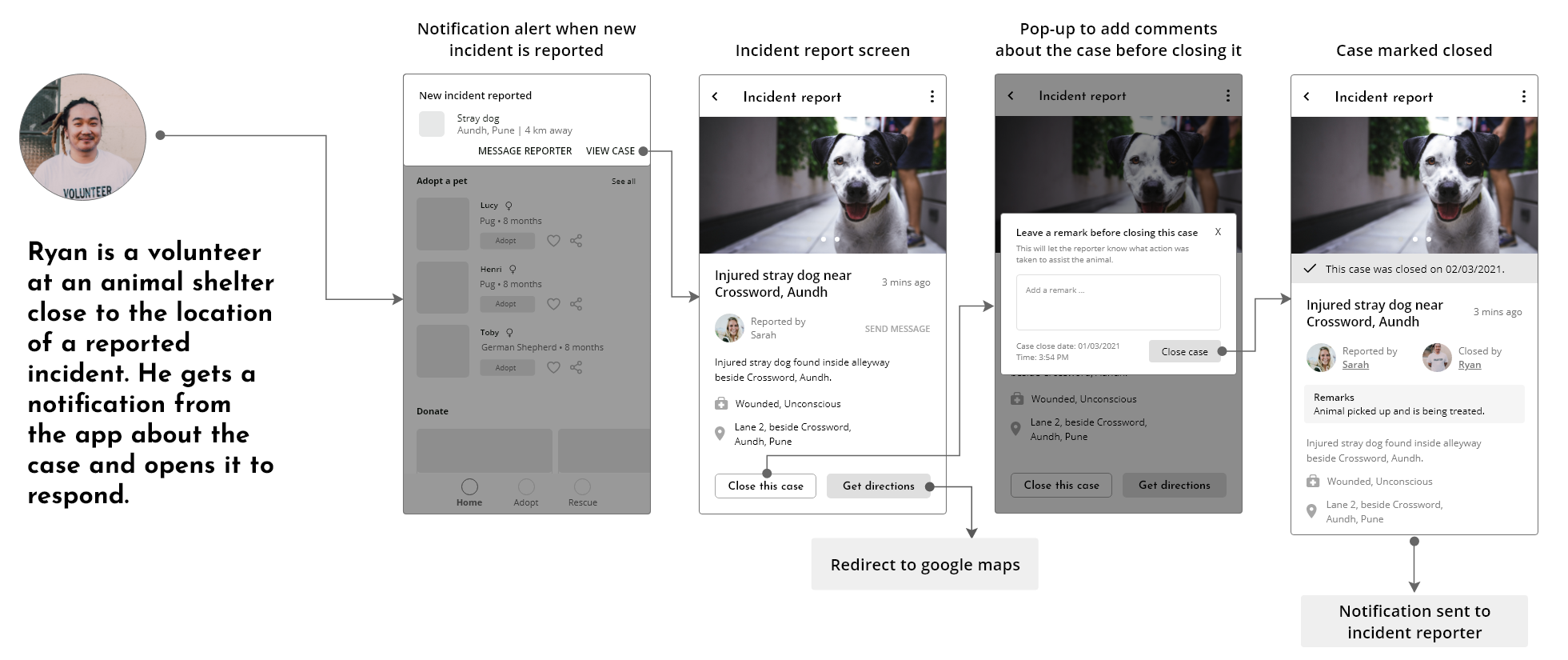

Too many stakeholders?
Adding the Rescue section to the app meant that I was now designing for Pet Adopters, Owners, Rescue Volunteers and any user that wants to report an incident.
Will users get confused?
The scope may be too broad and users might have trouble figuring out which section of the app to use.
Should Adopt & Rescue be separate apps?
Should they be sister apps that interact with each other (like Uber and Uber Driver)? Or should I try to pick one group? If so, the larger group or the group with higher need?
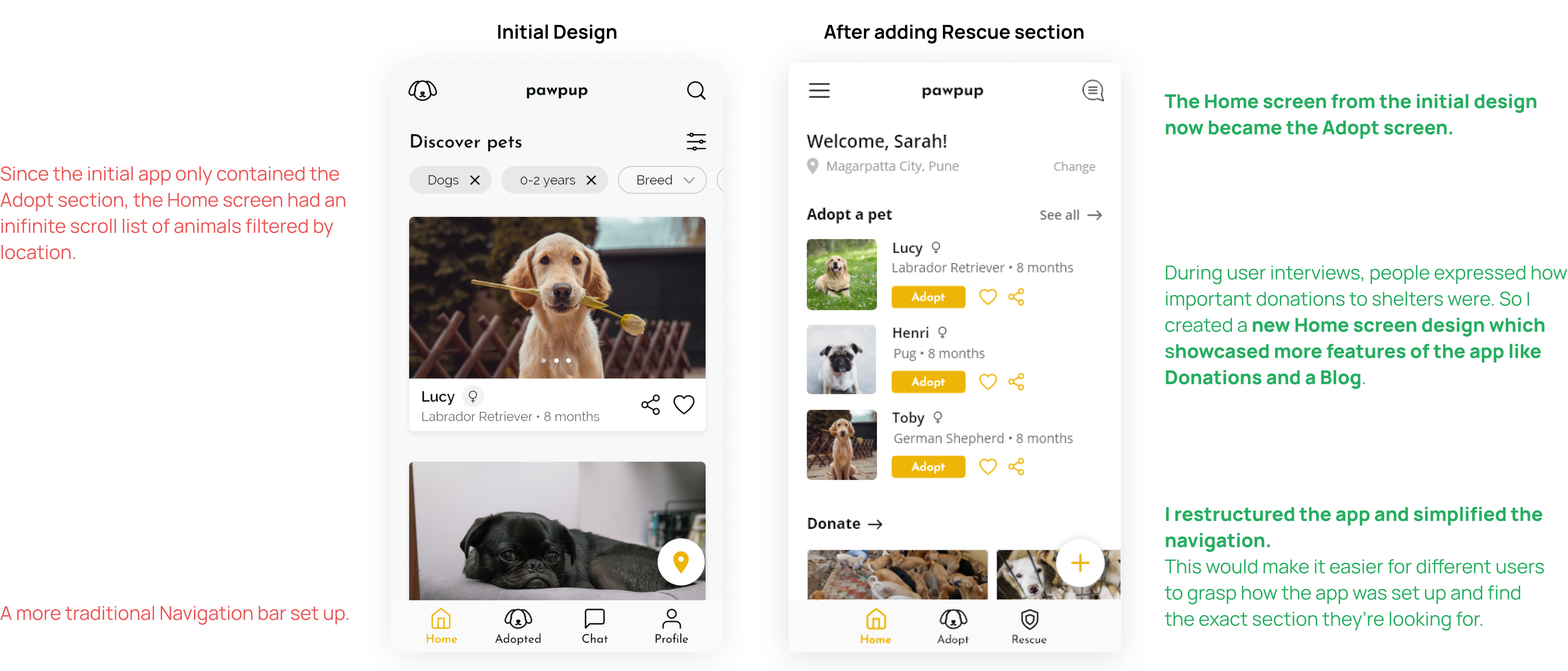

Instead of just connecting pet adopters and owners, there could be a calendar feature to set up meetings, enabling background checks. Payment features to complete transactions could be added as well.

Integrating one-click resources like transport, medical assistance and nearby shelters into the app itself could increase the rescue volunteers' effficiency even more.

Having more insights from each stakeholder would've helped me design better solutions, and helped me make more informed design decisions when I was unsure.

Having to design for different stakeholders while maintaining usability made me feel more prepared for future real-world projects.
.png)
This project gave me the chance to fully explore Adobe XD, all it's features, and become comfortable with the software.
.png)
I found myself often rethinking the structure and design of the app, which taught me how to handle these changes at different stages.
